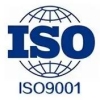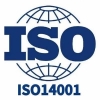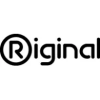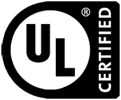Intel completes high numerical aperture EUV lithography machine that will be used in 14A process
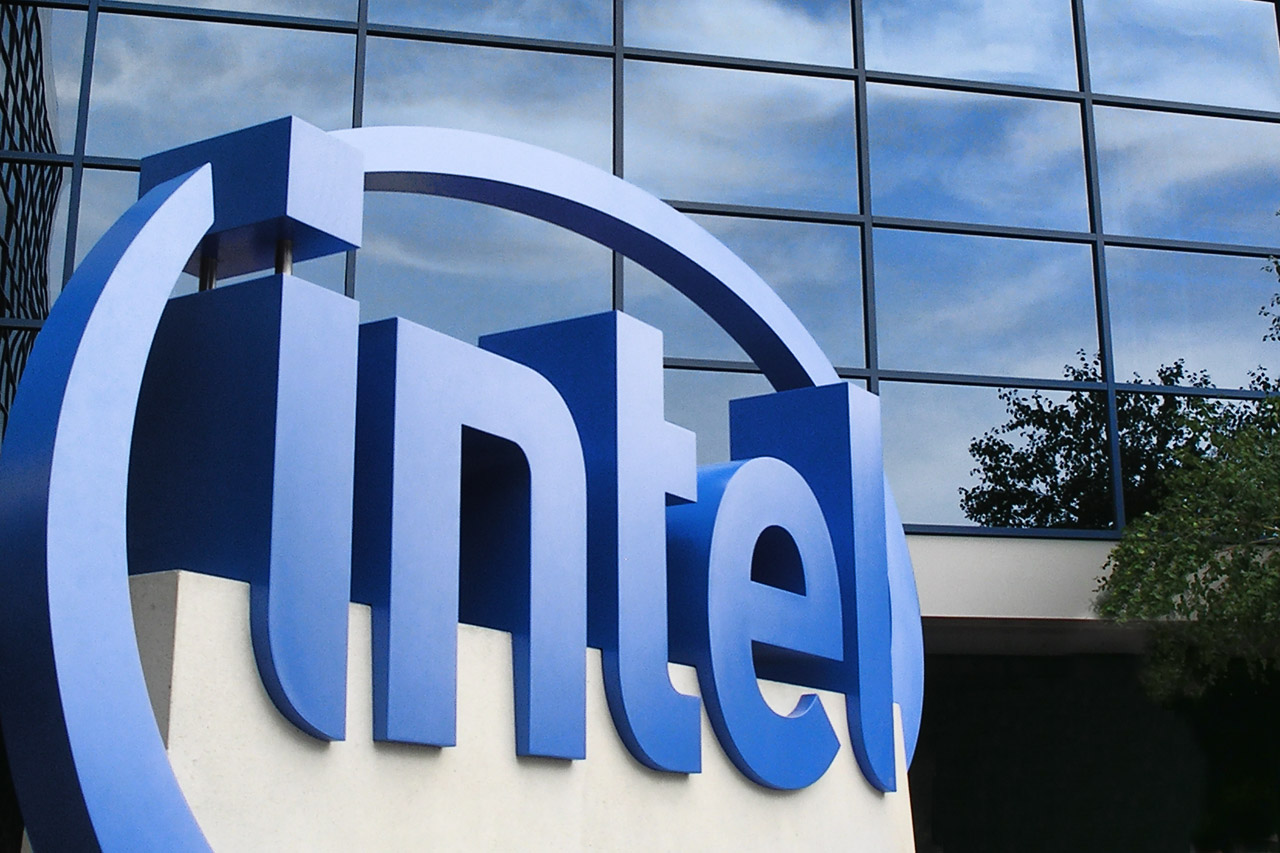
Intel, as the world's leading semiconductor company, has been increasing its investment in research and development in recent years to meet the challenge of slowing down Moore's Law. In terms of chip manufacturing technology, Extreme Ultraviolet (EUV) lithography is a major breakthrough in the semiconductor industry. Traditional Deep Ultraviolet (DUV) lithography has been difficult to meet the manufacturing needs of advanced nodes, and EUV technology offers the possibility of manufacturing transistors at a smaller size.
Lithography is a key step in semiconductor manufacturing, which is used to transfer circuit patterns onto silicon wafers. Due to the limitation of wavelength, traditional lithography technology is difficult to meet the requirements of decreasing transistor size. Using a shorter wavelength (13.5 nanometers), EUV lithography allows for higher resolution and smaller design rules, which is essential to continue to follow Moore's Law, which states that the number of transistors on an integrated circuit doubles approximately every two years.
The key to EUV lithography is that it uses a much shorter wavelength of light, only 13.5 nanometers, which is much smaller than the wavelength of light used in DUV. This means that EUV technology can characterize smaller feature sizes, resulting in higher transistor density and lower power consumption. However, the development and application of EUV technology also faces huge technical challenges, including the stability of the light source, the performance of the photoresist, the mask technology, and the cost of the entire lithography system.
Intel's breakthrough in EUV lithography, especially the High Numerical Aperture (HNA) EUV technology, is a major upgrade over existing EUV technology. Numerical aperture is a key parameter to measure the resolution of the lithography system. The higher the numerical aperture, the higher the resolution of the system, and the finer the circuit pattern can be made. The high numerical aperture EUV lithography technology can further improve the precision and efficiency of chip manufacturing.
Intel announced the completion of high numerical aperture EUV lithography and applied it to the 14A process, indicating that Intel is moving toward smaller nodes and higher performance chip manufacturing. 14A stands for Intel's advanced process node, and A may stand for angstrom, which is a unit of length, 1 angstrom = 0.1 nanometers. This indicates that the 14A process will use extremely fine process technology to manufacture the BQ2050HSN-A508 chip.
The 14A process using high numerical aperture EUV lithography is expected to lead to higher transistor density, which will improve the overall performance of the chip, reduce power consumption, and potentially lead to better energy efficiency and cost effectiveness. This is significant for applications where performance is the ultimate pursuit, such as high-performance computing, artificial intelligence and big data processing.
This technological breakthrough of Intel is not only of great significance to its own product line and market competitiveness, but also has an impact on the development trend of the entire semiconductor industry. With the continuous progress of semiconductor technology, the requirements for lithography technology are getting higher and higher, and the use of High-NA EUV lithography machines will provide chip manufacturers with more fine and efficient production capabilities.
This achievement also demonstrates the company's leadership in semiconductor manufacturing technology, which is not only beneficial to Intel's own product line, but also has a positive impact on the development of the semiconductor industry as a whole. With the commercialization of high numerical aperture EUV lithography, we expect to see more advanced chips based on this technology in the next few years.
The Products You May Be Interested In
 |
2677 | QI WIRELESS CHARGING RECEIVER | 4104 More on Order |
 |
3102 | JOYSTICK 10K OHM 2 AXIS PNL MT | 7434 More on Order |
 |
3844 | 4X4 MATRIX KEYPAD | 7164 More on Order |
 |
916 | SWITCH PB 16MM RED LED | 2376 More on Order |
 |
1192 | SWITCH PUSHBUTTON SPST-NO WHT | 6984 More on Order |
 |
1293 | SENSOR HUMID/TEMP 5V I2C 2% MOD | 7740 More on Order |
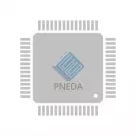 |
4007 | ULTRASONIC DISTANCE SENSOR - 3V | 344 More on Order |
 |
2433 | DOTSTAR LED STRIP - ADDRESSABLE | 6300 More on Order |
 |
1548 | ADDRESS LED STRIP SERIAL RGB | 5598 More on Order |
 |
2551 | NEOPIXEL DIGITAL RGB LED STRIP - | 7632 More on Order |
 |
2036 | ADDRESS LED MATRIX I2C YLW-GRN | 5094 More on Order |
 |
2375 | ADDRESS LED DISCRETE SER WHITE | 6354 More on Order |
 |
2872 | ADDRESS LED MATRIX SERIAL RGBW | 4932 More on Order |
 |
3635 | ADDRESS LED STRIP 1M | 6384 More on Order |
 |
1080 | ADDRESS LED MATRIX I2C WHITE | 5328 More on Order |
 |
2970 | ADDRESS LED STRIP SERIAL RGB 1M | 5760 More on Order |
 |
3341 | ADDRESS LED DISCRETE SERIAL RGB | 27300 More on Order |
 |
3861 | FLEXIBLE SILICONE NEON-LIKE LED | 4896 More on Order |
 |
1596 | DISPLAY TFT 5"" 40P 800X480 TOUCH | 3672 More on Order |
 |
1921 | LED BAR 10-SEGMENT RED | 4140 More on Order |
 |
4042 | DIFFUSED RED AND GREEN INDICATOR | 5759 More on Order |
 |
448 | INVERTER 12V EL WIRE/TAPE | 6894 More on Order |
 |
2277 | 64X32 RGB LED MATRIX - 5MM PITCH | 7668 More on Order |
 |
811 | YELLOW 7-SEGMENT CLOCK DISPLAY | 8442 More on Order |

